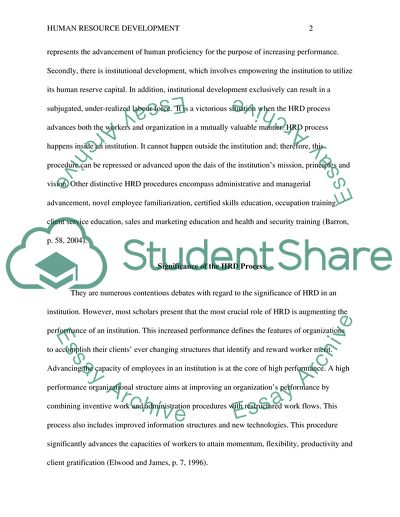Cite this document
(Analysis of Human Resource Development Essay Example | Topics and Well Written Essays - 2250 words, n.d.)
Analysis of Human Resource Development Essay Example | Topics and Well Written Essays - 2250 words. Retrieved from https://studentshare.org/human-resources/1772956-group-assignment-assignment-2-essay-on-human-resource-development
Analysis of Human Resource Development Essay Example | Topics and Well Written Essays - 2250 words. Retrieved from https://studentshare.org/human-resources/1772956-group-assignment-assignment-2-essay-on-human-resource-development
(Analysis of Human Resource Development Essay Example | Topics and Well Written Essays - 2250 Words)
Analysis of Human Resource Development Essay Example | Topics and Well Written Essays - 2250 Words. https://studentshare.org/human-resources/1772956-group-assignment-assignment-2-essay-on-human-resource-development.
Analysis of Human Resource Development Essay Example | Topics and Well Written Essays - 2250 Words. https://studentshare.org/human-resources/1772956-group-assignment-assignment-2-essay-on-human-resource-development.
“Analysis of Human Resource Development Essay Example | Topics and Well Written Essays - 2250 Words”, n.d. https://studentshare.org/human-resources/1772956-group-assignment-assignment-2-essay-on-human-resource-development.


